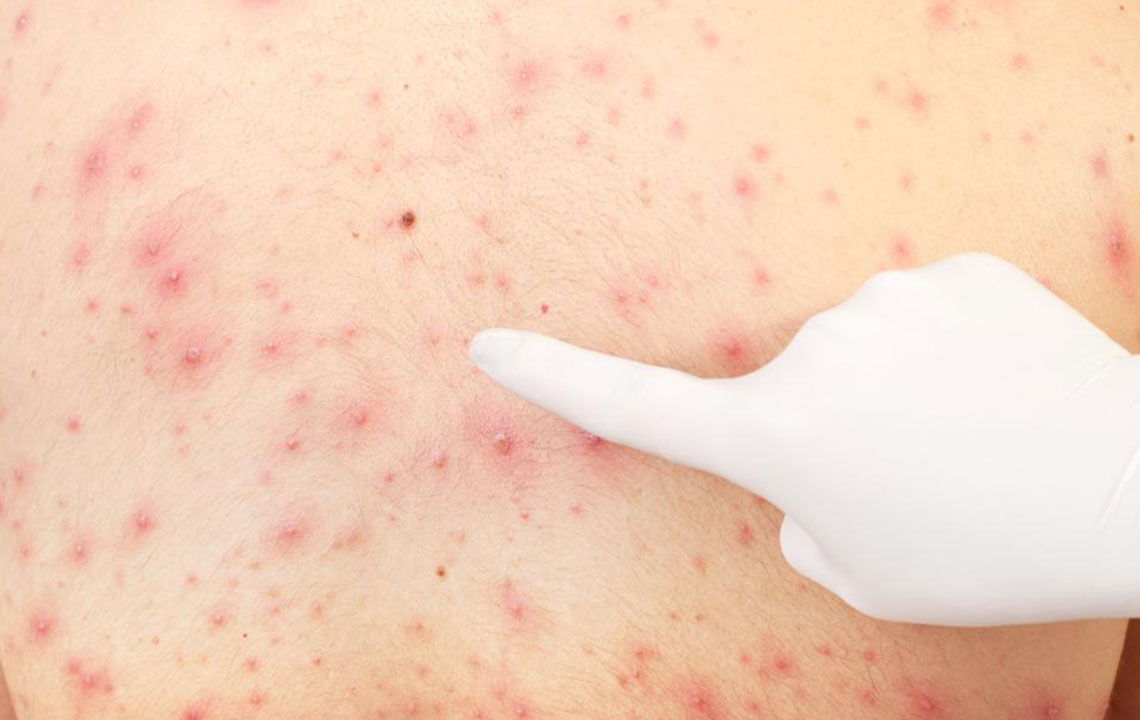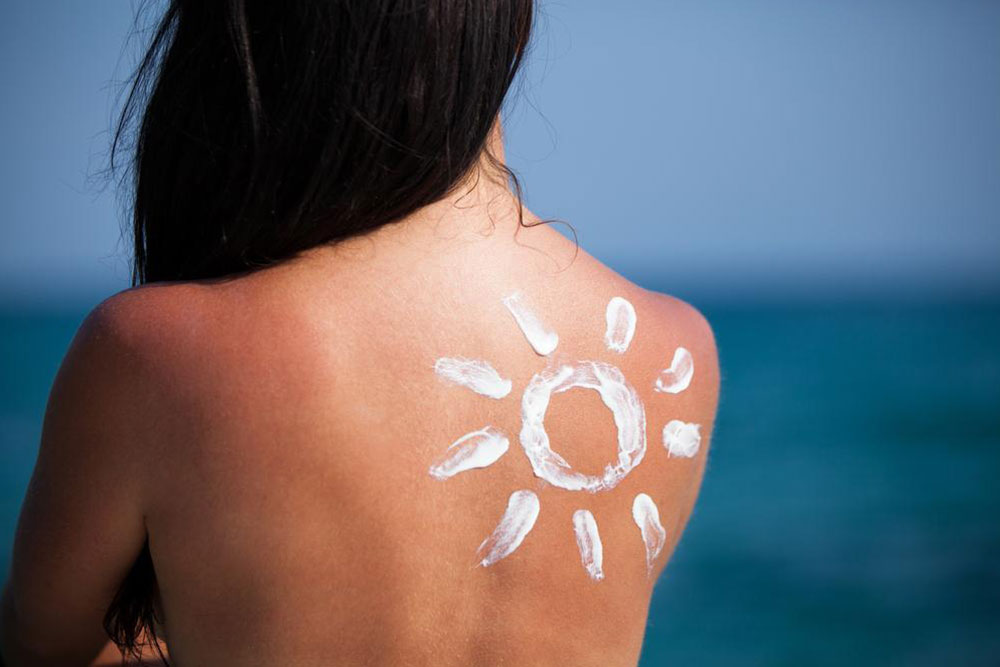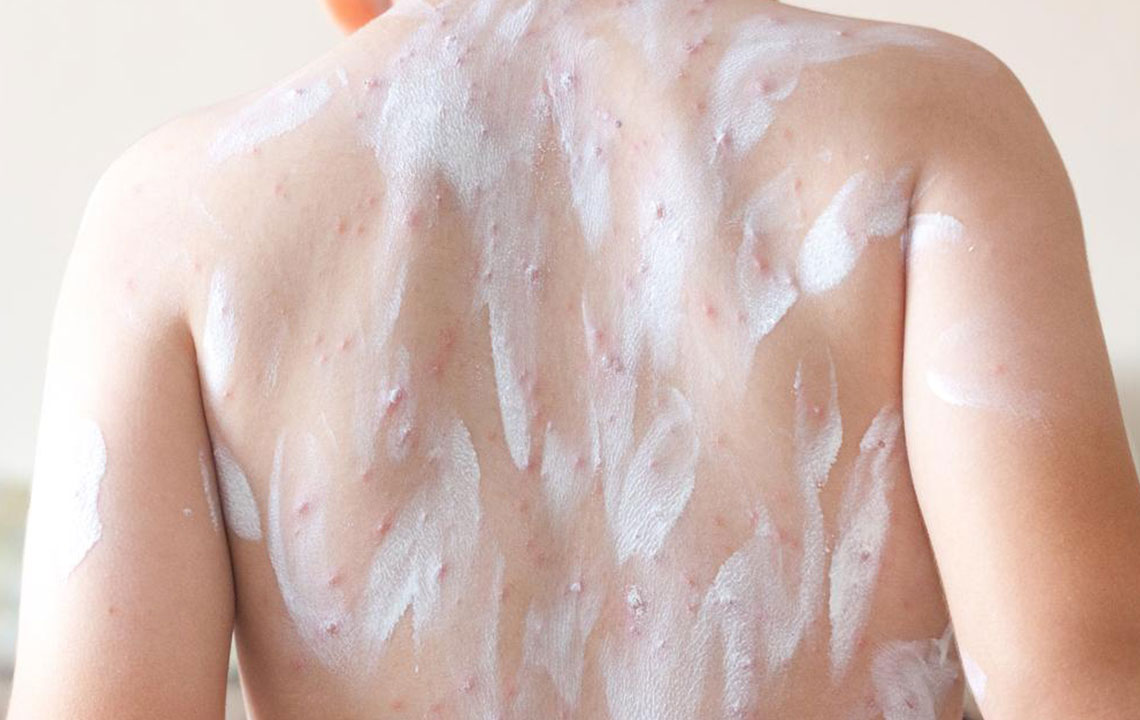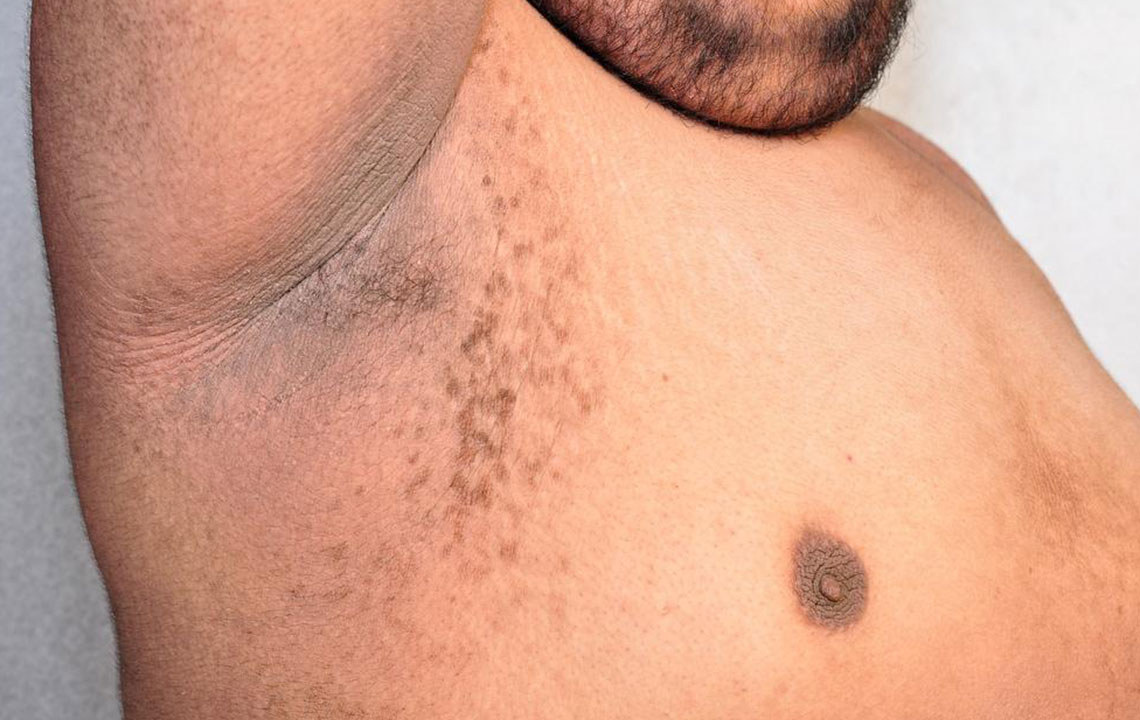Effective Strategies for Managing Skin Rashes
Discover effective home remedies and precautions for managing skin rashes. Learn about common causes, treatment options, and when to seek medical attention to ensure quick recovery and relief from discomfort.

Effective Strategies for Managing Skin Rashes
Skin irritation is the leading cause of rash development, often triggered by various factors. Most rashes respond well to home remedies, but in certain cases, they may persist or worsen, requiring medical attention. Symptoms include redness, swelling, and sometimes pain. The location and onset of the rash can help identify its cause.
Adults and children can develop rashes after contact with irritant substances.
Rashes typically appear within 48 hours of exposure to an allergen or irritant. Even minimal contact can trigger a reaction after initial sensitization. While generally not serious, rashes can be uncomfortable. Common causes include:
Contact with plants such as poison ivy, oak, or sumac
Reactions to soaps, detergents, or shampoos
Allergic responses to jewelry materials or fabrics
Exposure to latex or similar substances
Home Care and Precautions
Most skin rashes can be managed with simple home care. Key precautions include avoiding known irritants and thoroughly cleaning affected areas if contact occurs. Scratching should be avoided to prevent infection or worsening symptoms. Keep the rash away from children and pregnant women, as some rashes may be contagious.
To alleviate itching and discomfort, try these tips:
Apply a cold compress or soaked cloth to the rash several times daily, but avoid excessive cold exposure.
Avoid sun exposure; use sunscreen to protect sensitive skin, as heat may worsen itching.
Adding oatmeal to a warm bath or using oatmeal-based products can help soothe skin.
Wear loose, breathable cotton clothing to minimize irritation. Avoid wool or synthetic fabrics.
Refrain from scratching and maintain hygiene by sanitizing hands regularly.
Choose gentle, fragrance-free soaps and natural moisturizers like aloe vera, coconut oil, or lavender oil.
If rashes persist beyond two weeks, especially with additional symptoms like fever or fatigue, seek medical consultation. Some rashes may require prescription treatment.
Over-the-counter remedies include:
Calamine lotion: effective for poison ivy, oak, or sumac rashes
Hydrocortisone creams: for severe itching or inflammation, after consulting a doctor
Antihistamines: oral options such as chlorpheniramine or diphenhydramine can reduce itching, but may cause drowsiness. Always consult a healthcare provider before use, especially in children.
While many rashes resolve quickly, others may need longer treatment. Correct diagnosis is crucial to effective management. Persistent or worsening symptoms warrant prompt medical attention.










